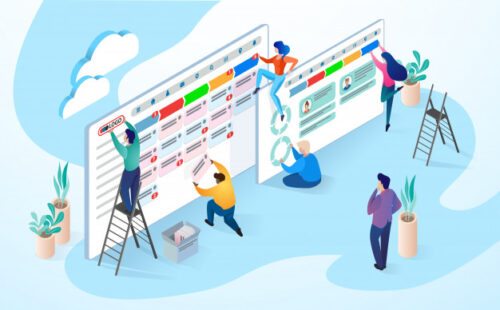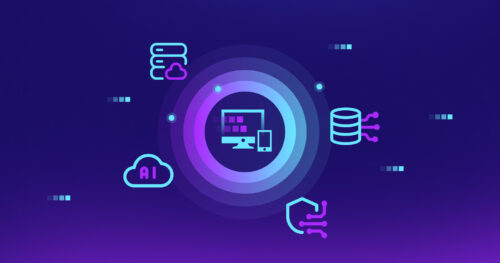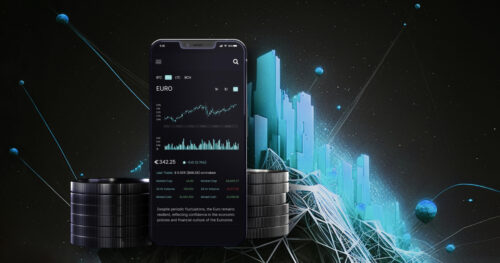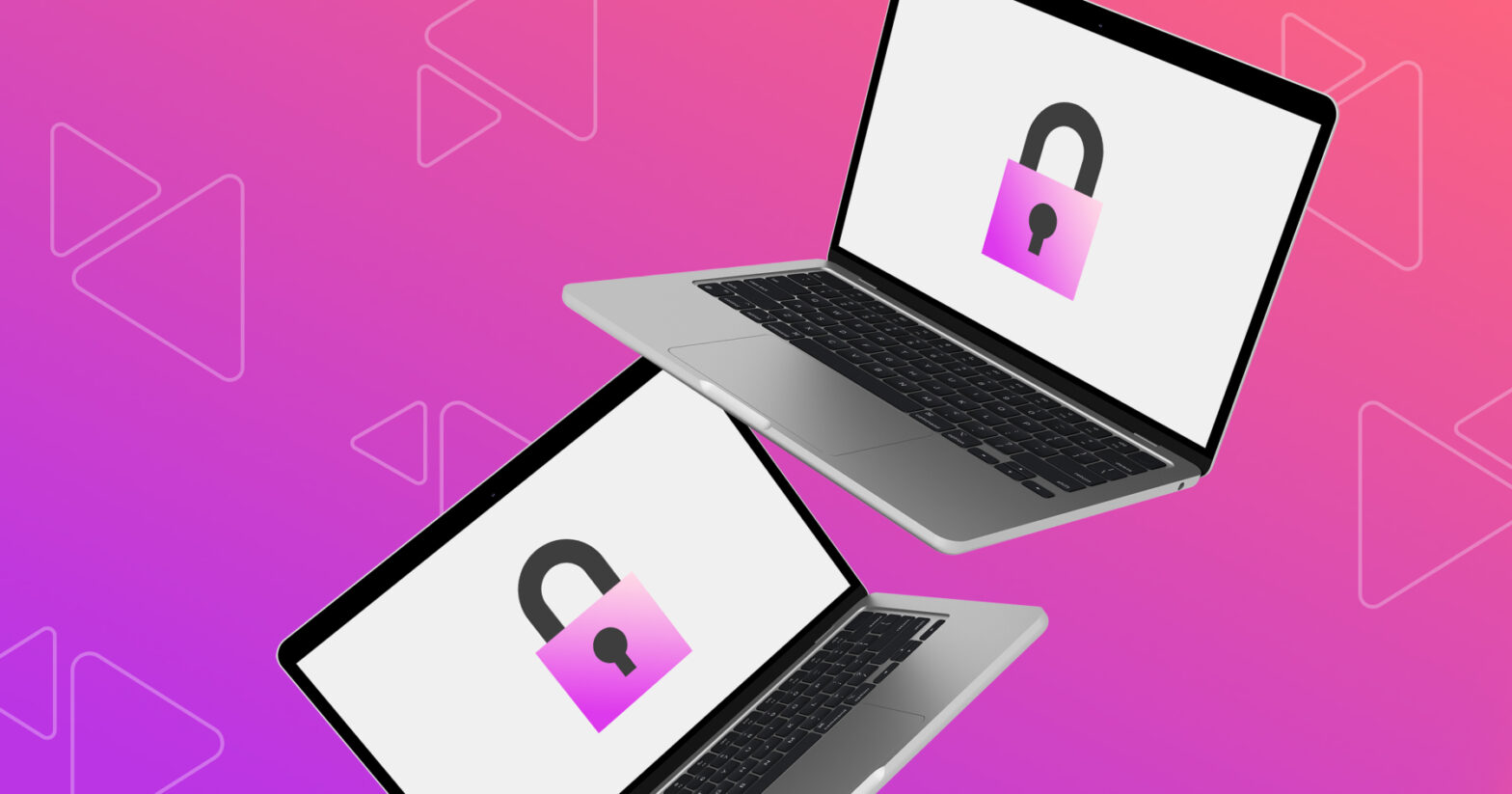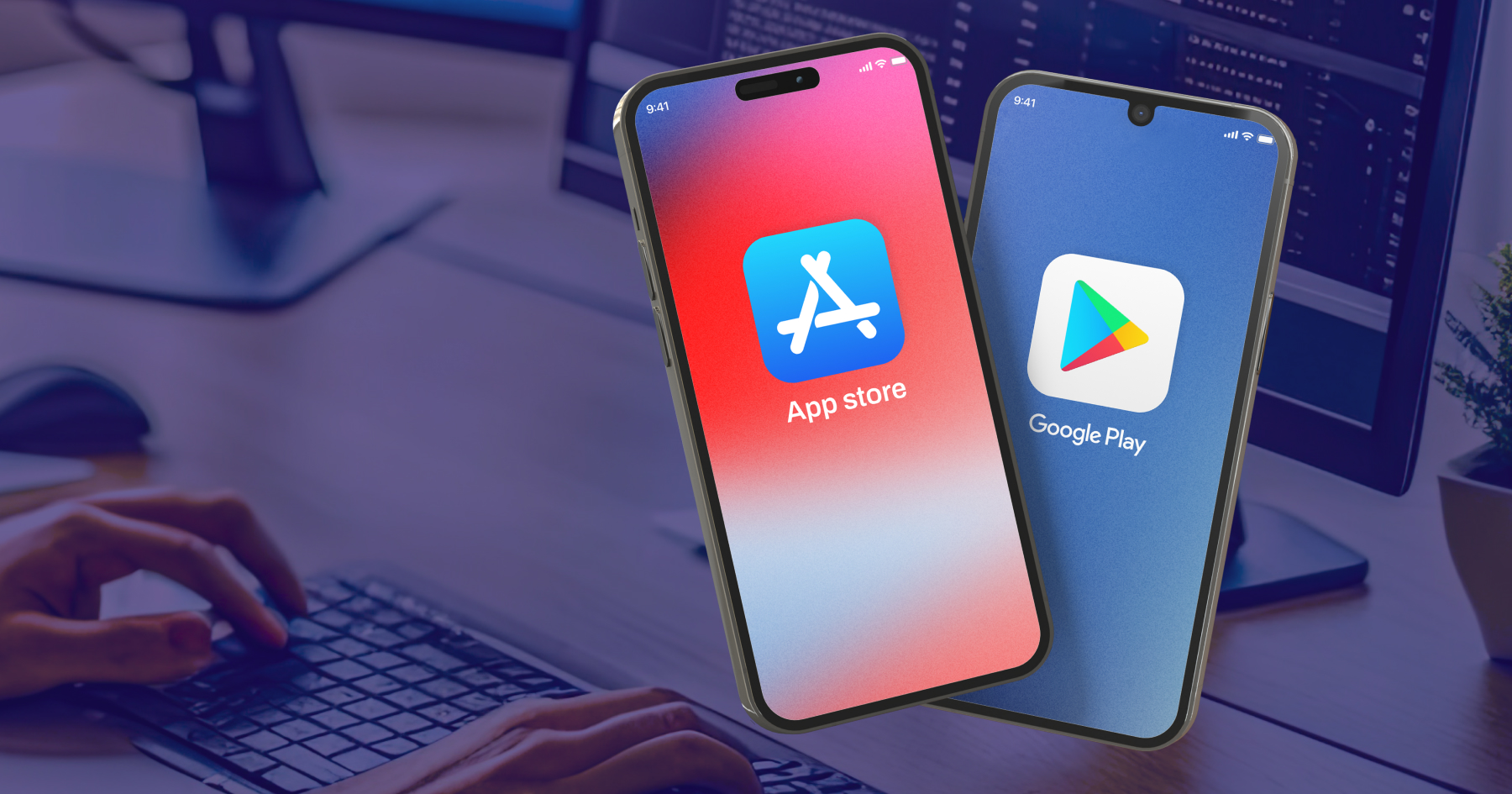Employing IT outsourcing services is a fairly popular approach among companies today. Outsourcing has many benefits, including access to specialized skills, reduced operational costs, and faster project delivery. However, alongside these advantages comes a critical consideration — information security. As companies entrust sensitive data to external partners, protecting digital assets and ensuring compliance with regulatory requirements are essential. In this article, DigitalMara delves into the complexities of cybersecurity in IT outsourcing, highlighting the best practices and strategies that companies can employ to mitigate risks and foster secure, long-term collaborations.
Common security risks associated with IT outsourcing
IT services outsourcing risks have become a critical consideration for businesses looking to leverage external expertise while protecting their core operations. The decision to outsource demands keeping a delicate balance between reaping operational benefits and managing potential vulnerabilities. Here is a list of standard risks that the client company should mitigate:
- Data breaches – This case occurs when unauthorized individuals gain access to sensitive information. In an outsourcing scenario, data breaches can happen because of weak security protocols at the outsourcing partner’s end, lack of encryption, or poor access controls. A client company may encounter financial losses, legal penalties, and losses in reputation.
- Loss of control – When outsourcing IT functions, companies delegate certain responsibilities to external vendors, which can lead to a loss of direct control over critical operations and security measures. Meanwhile, the outsourcing vendor might follow different security protocols or prioritize tasks differently, potentially leading to misalignment with the client’s security goals. This may result in an inability to monitor security events in real time and quickly respond to incidents.
- Inconsistent security practices – A client company and outsourcing vendor may have different levels of security. For example, a vendor might not implement multi-factor authentication (MFA), use another encryption method, or have improper patch management processes. Differences in these practices may lead to risky situations.
- Third-party risk – An outsourcing provider may subcontract parts of the work to other third-party vendors. This adds another layer of risk for a client company, as these subcontractors may not provide an adequate level of security.
- Issues stemming from poor communication – Efficient security management in outsourcing partnerships requires clear and consistent communication between the client and provider. Gaps in communication and coordination can cause delays in implementing security measures and gaps in security coverage. Slow response time during a security incident can allow threats to escalate.
IT outsourcing security is a common responsibility for both sides. Knowing these risks, a client company should take certain actions. First, to check the background of a potential vendor, including whether and how it has dealt with security incidents in the past. Next, it’s necessary to verify if the vendor holds relevant security certifications, such as ISO/IEC 27001, SOC 2, and PCI DSS; and industry-specific regulations like GDPR, HIPAA, or SOX if applicable.
Any established outsourcing IT provider will have proven security policies and procedures, including incident response plans. These are included in the corresponding documentation, which the company must provide upon request. Clients can assess whether these points are aligned with their own security standards. Moreover, there is a right to conduct security audits of a vendor’s practices to ensure ongoing compliance and security vigilance. If a provider uses subcontractors, this should be defined beforehand. A client should be able to assess any security risks associated with this third party.
BYOD policies in outsourcing
When a company outsources IT services, implementing a robust Bring Your Own Device (BYOD) policy becomes essential to ensure data security and protect sensitive information. BYOD is a set of rules and guidelines that govern how employees and contractors can use their personal devices, such as smartphones, tablets, and laptops, to access a company’s network, applications, and data.
Here are the key aspects BYOD addresses in the context of IT outsourcing:
- Which types of personal devices and operating systems are allowed to access the company’s network and resources.
- What applications, data, and IT infrastructure components employees and contractors can access from their personal devices.
- Role-based access control to ensure that only authorized individuals can access sensitive information.
- Security requirements for data protection on personal devices, including encryption, password policies, and anti-virus software.
- Tracking and auditing mechanisms to monitor data access and usage on personal devices.
- Procedures for managing device loss, theft, and termination of work.
- Processes for reporting and responding to security incidents involving personal devices.
- Training for all contractors on the company’s security policies and procedures.
It’s crucial to establish clear lines of accountability and ownership for device security. In many cases, responsibility for maintaining device security may fall on the contractor, but the company must provide the necessary tools, such as secure access platforms, VPNs, and device management software. This dual responsibility ensures that both parties play an active role in preventing security vulnerabilities.
In outsourcing models such as team augmentation, where external developers are integrated with in-house teams, BYOD policies become even more critical. Since developers on outsourcing projects may have frequent access to sensitive systems and data, ensuring proper device management and security protocols is essential. This not only protects company assets but also fosters a trusted working relationship. However, contractors should feel confident that their personal data on the devices is respected and that security monitoring is strictly limited to work-related activities. This balance between security and privacy is key to maintaining strong relationships with contractors while protecting the company’s assets. Trust and transparency should be applied to all aspects.
SOC 2 in outsourcing
SOC stands for Security Operations Center. It’s a team responsible for continuous monitoring and improving the company’s security state. They detect, analyze, prevent, and respond to cybersecurity incidents and threats. The SOC monitors the network, servers, endpoints, databases, applications, websites, and other systems owned by the company.
SOC 2 is especially crucial in IT outsourcing services, as it establishes a comprehensive framework for creating a secure and reliable environment throughout the collaboration process. It ensures that outsourcing partners adhere to strict standards of security, availability, processing integrity, confidentiality, and privacy. Again, close coordination between the internal SOC team and IT outsourcing partners is mandatory.
Here are some key elements that can enhance SOC-IT outsourcing collaboration:
- Clear communication channels serve for both daily status reporting and emergency responses.
- Incident response communication protocols ensure a rapid and coordinated response to cybersecurity incidents. This plan defines each party’s roles and responsibilities and ways to resolve incidents.
- Regular security audits and monitoring provide visibility into the activities of the outsourcing security team, including monitoring their compliance with agreed controls, policies, and procedures.
- Access control and privilege management minimize the risk of unauthorized access to critical systems. This requires regular access reviews.
- Data encryption and secure transmission help to protect sensitive data from interception during communication between the company and the outsourcing partner.
- Continuous monitoring and threat detection should be carried out jointly. Both sides detect abnormal activity, suspicious logins, or potential intrusions in real time.
- Within compliance and reporting requirements, an outsourcing partner should participate in the reporting process, providing necessary logs, audit trails, and incident documentation as part of the compliance effort.
- The company should conduct security training for an outsourced team on the company’s security policies and procedures, and SOC 2 requirements.
About agreements for IT outsourcing security
When entering an IT outsourcing arrangement, it is crucial to establish comprehensive security agreements. This ensures both the service provider and client are aligned on data protection and risk management. Agreements often include the following:
- Non-Disclosure Agreement (NDA),
- Data Processing Agreement (DPA),
- Service Level Agreement (SLA),
- Master Service Agreement (MSA).
All these documents serve as means of risk management in IT outsourcing. The first step is the NDA, which is aimed at confidentiality. It guarantees that the service provider will not disclose any proprietary or sensitive information shared during the partnership. Then, the DPA outlines how the service provider will handle sensitive information, including mechanisms for monitoring data access and protocols for data encryption. A very important part is what happens to the data after the termination of the outsourcing contract. The DPA specifies how data will be securely deleted or returned to the client, and any ongoing obligations for data backup or storage.
An SLA should include provisions for compliance with certain security standards and certificates like SOC 2 and ISO/IEC 27001. Within this agreement, the outsourcing partner agrees to maintain compliance with these standards, while the client company has the right to conduct security audits and assessments. For instance, any security vulnerabilities discovered during these checks must be fixed within a certain time. As technology and security risks evolve constantly, such changes should be reflected in outsourcing agreements. The SLA should outline regular reviews and updates to the security standards and protocols.
The MSA regulates access control and user privileges, meaning who has access to what data and the conditions under which access can be granted or revoked. It also specifies the use of role-based access control and multi-factor authentication to protect sensitive systems and data. All suspicious behavior is flagged and dealt with promptly. The MSA also regulates third-party vendors. They need to comply with the same security standards as the outsourcing provider, which is responsible for any security breaches caused by them. Meanwhile, the client company has the right to regular security assessments of subcontractors.
Both the SLA and MSA include detailed incident-response plans that outline the steps of identifying, reporting, and resolving issues. For example, the outsourcing provider must notify the client within a specified timeframe after detecting a breach. Agreements also specify the timeframe for responding to incidents of varying severity. Besides eliminating the consequences, the provider is responsible for conducting root-cause analysis and sharing this data with the client.
Both documents also include clear liability and indemnity clauses to hold the provider accountable in a case of negligence or a security breach. Financial liability might be tied to the value of the contract or the severity of the breach, as well as reimbursing the client for any legal or regulatory penalties incurred as a result of a breach.
Final words
Working with dedicated teams or individual developers on outsourcing can streamline applications development, but it also requires careful attention to data protection and regulatory compliance. The complexity of managing external teams brings unique risks that organizations must address proactively. Ensuring that these external teams are aligned with your company’s security protocols, including access control, data encryption, and incident response, is essential to mitigating potential vulnerabilities.
Partnering with trusted outsourcing providers like DigitalMara allows businesses to focus on innovation while maintaining robust cybersecurity standards. With our experienced teams and well-established processes, we ensure that your outsourced projects are executed with the highest levels of security and quality. We guarantee clear communication, accountability, and adherence to industry best practices.
Choose our custom software development or team augmentation services.






